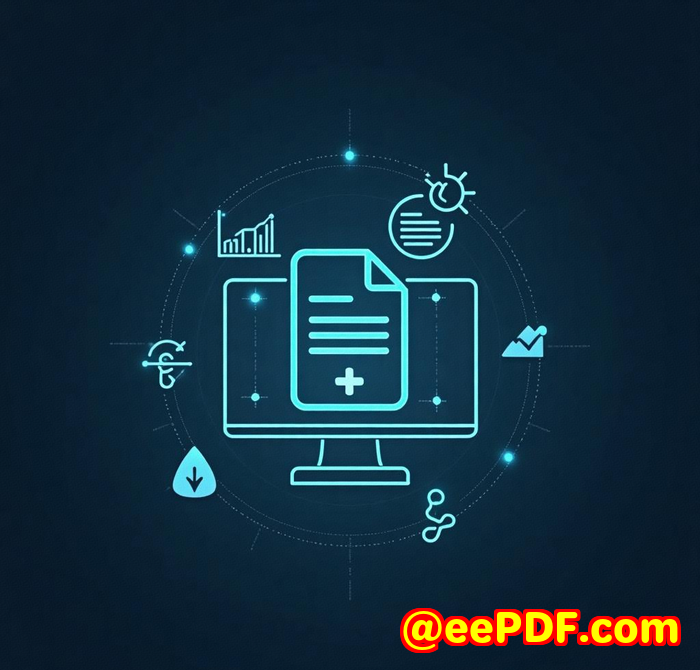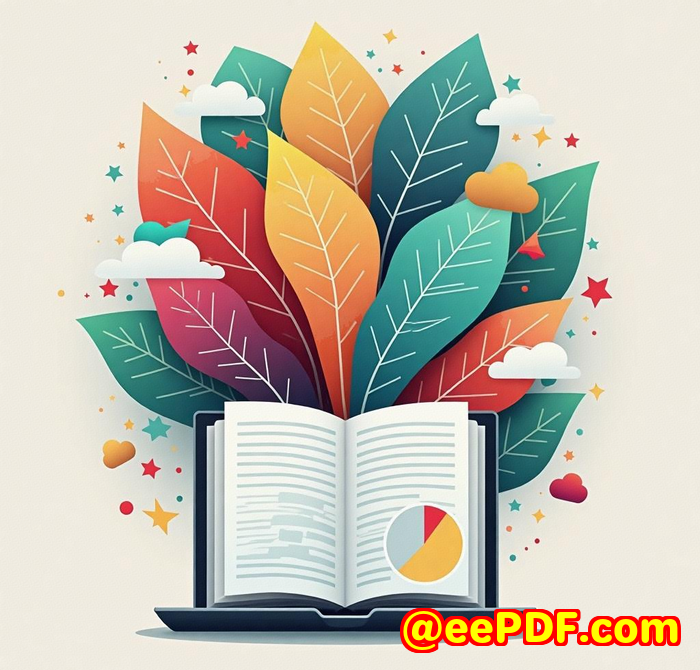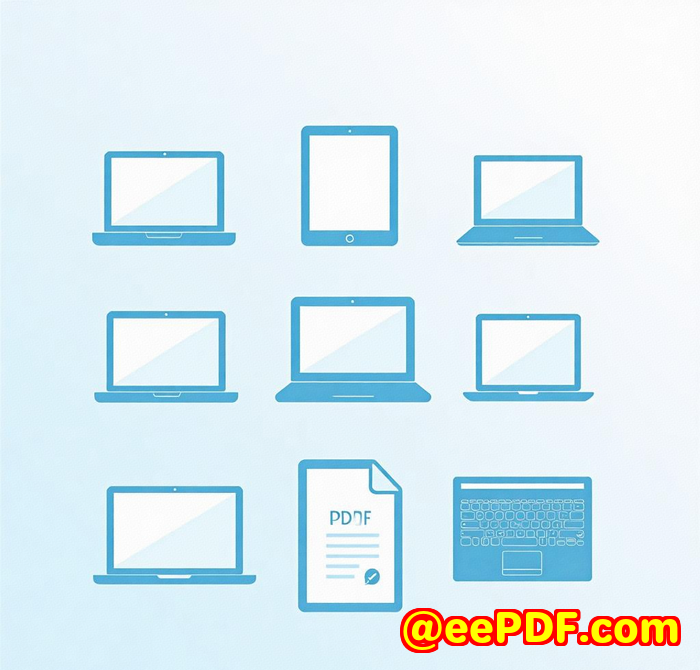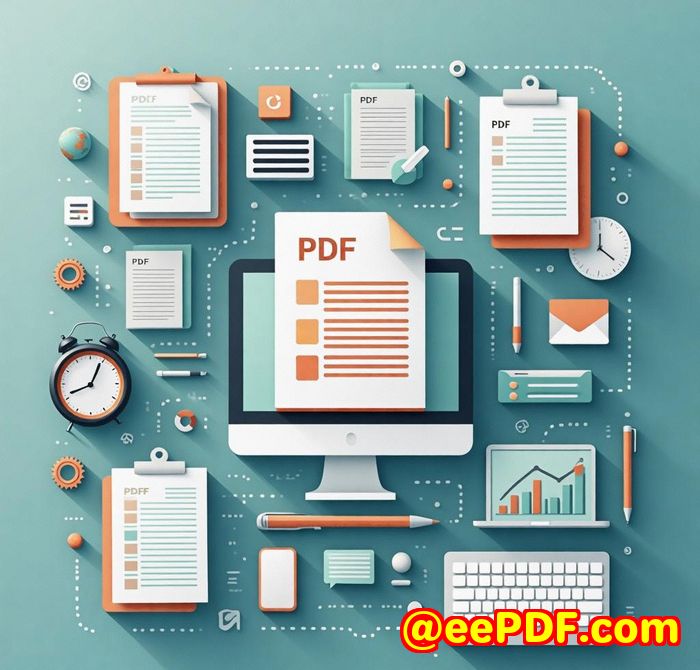How to Create Non-Editable PDFs for Government Agencies Using VeryPDF Rasterize API
How to Create Non-Editable PDFs for Government Agencies Using VeryPDF Rasterize API
Every time I had to submit official documents for government agencies, there was always one nagging concern: how to ensure the PDFs were secure and tamper-proof. Anyone who's dealt with government paperwork knows that the slightest edit can raise red flags, delay approvals, or even cause a document to be rejected outright. The struggle to create truly non-editable PDFs felt endless, especially when relying on typical PDF editors that just don't cut it for sensitive files.
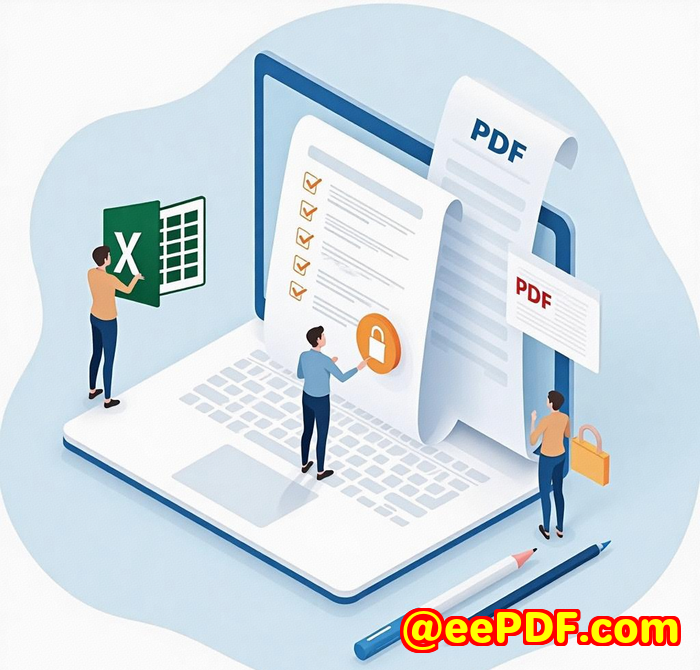
That's when I stumbled upon the VeryPDF Rasterize PDF API, a tool designed specifically to convert regular PDFs into image-based PDFs, locking down content in a way that makes tampering practically impossible. After trying it out, I can honestly say it changed how I handle document security for government submissions and beyond.
Why Non-Editable PDFs Matter for Government Agencies
Government agencies often require that documents be submitted in a form that's read-only no edits, no annotations, no funny business. This is crucial for maintaining authenticity and preventing fraud.
However, most PDFs are vector-based, meaning text and images can be extracted or altered with the right tools. That's a headache when you need documents that look the same on every device, every time, and where the content cannot be changed after submission.
Discovering VeryPDF Rasterize PDF API
I first found out about the VeryPDF Rasterize PDF API when I was looking for a reliable way to convert contracts and forms into a locked format without compromising on quality.
This tool is part of the VeryPDF Cloud API suite, designed for developers but easy enough for tech-savvy users to integrate and automate. It transforms your normal PDFs into single-layer, image-like PDFs essentially turning all the text and vectors into a flat image that looks exactly like the original but can't be edited or extracted.
This is a game changer for anyone needing secure, non-editable PDFs, especially when sending documents to government bodies, legal firms, or any regulated environment.
Key Features That Make Rasterize PDF API Stand Out
Here's why I think this API is a must-have:
-
Rasterizing PDF to Image-based PDFs: Converts vector PDFs into image PDFs that are visually identical but totally uneditable.
-
Customisable Image Quality and Resolution: You can adjust DPI and image quality to strike a balance between sharpness and file size. For example, I set a resolution of 200 DPI for crispness without huge files.
-
Lightning-Fast Cloud Processing: Upload your PDF, and the conversion happens in seconds thanks to VeryPDF's global cloud infrastructure. No long waits, even for big documents.
-
Enterprise-Grade Security: This matters a lot for government use their infrastructure complies with ISO 27001, HIPAA, SOC 2, and GDPR standards, so your sensitive documents stay protected.
-
Developer-Friendly REST API: Whether you're a developer or have access to one, integrating this API into your existing systems or workflows is a breeze. You send a POST request with your file and get back a rasterized PDF.
How I Used VeryPDF Rasterize PDF API in Real Life
I started with a pile of scanned permits and contracts that my office needed to send to a government agency.
-
First, I uploaded the original vector-based PDFs to the API.
-
Using the customization options, I set the image resolution and quality to optimise readability while keeping the files manageable.
-
The API returned perfectly rasterized PDFs within seconds.
-
When I sent those files to the agency, they confirmed the documents were received as read-only and met their security requirements.
Compared to other tools I'd used before, like standard PDF editors or converters, the VeryPDF Rasterize API didn't just flatten the PDF it preserved every detail flawlessly. Other tools sometimes blurred images or made files way too large, but VeryPDF struck a great balance.
Another bonus was automating this process via API calls, which saved me hours every week, especially when batch processing dozens of documents.
Why This API Beats Other Solutions
If you've tried locking PDFs before, you might have noticed a few problems:
-
Password protection can be cracked or bypassed.
-
Flattening layers in common editors isn't foolproof and might reduce quality.
-
Some tools create massive files that are a pain to upload or email.
VeryPDF's Rasterize API solves these headaches by:
-
Converting everything into a single-layer image PDF that can't be edited.
-
Providing control over image resolution and file size to avoid bloated documents.
-
Offering a cloud service that's scalable, fast, and secure.
Who Should Use VeryPDF Rasterize PDF API?
-
Government contractors who submit official forms.
-
Legal professionals sending sealed documents.
-
Financial institutions needing tamper-proof statements.
-
Developers integrating secure PDF workflows.
-
Anyone who wants to make sure PDFs are truly read-only without hassle.
Wrapping It Up: My Take on VeryPDF Rasterize PDF API
If you're fed up with worrying whether your PDFs can be edited after sending them off, this is the tool you need.
I'd highly recommend the VeryPDF Rasterize PDF API to anyone handling sensitive documents especially if government submissions or legal compliance are part of your daily grind.
Give it a shot, automate your PDF locking, and watch your productivity soar.
Start your free trial now and see how easily you can create non-editable PDFs that meet the highest security standards: https://www.verypdf.com/online/cloud-api/
Custom Development Services by VeryPDF
VeryPDF offers tailored development services to fit your unique needs, whether you work on Linux, Windows, macOS, or mobile platforms.
They build utilities using languages like Python, PHP, C/C++, C#, .NET, JavaScript, and more, so your PDF workflows, printer drivers, and document management systems integrate perfectly with your infrastructure.
Their expertise covers:
-
Virtual printer drivers that produce PDFs and images from any Windows application.
-
Capture and monitoring tools to intercept print jobs across all printers.
-
Document analysis technologies, including OCR and barcode recognition.
-
Custom report generators, image converters, and digital signature solutions.
-
Secure PDF and DRM technologies, plus cloud-based services.
If you have complex or niche requirements, VeryPDF's team is ready to collaborate. Reach out through their support centre at http://support.verypdf.com/ and start the conversation.
FAQs
Q: Can the Rasterize PDF API handle password-protected PDFs?
A: Yes, you can set the open password in the API parameters, allowing secure handling of protected files during conversion.
Q: Will the rasterized PDF lose quality?
A: Not necessarily. You can control the resolution (DPI) and image quality settings to keep documents crisp without excessively large files.
Q: Is the API suitable for batch processing?
A: Absolutely. The REST API allows you to automate conversions for multiple files, saving time on repetitive tasks.
Q: How secure is the VeryPDF Cloud API?
A: VeryPDF follows strict security standards including ISO 27001, HIPAA, SOC 2, and GDPR compliance, with encrypted processing to keep your files safe.
Q: Can I integrate the Rasterize API with my existing software?
A: Yes, the API is designed for easy integration using RESTful calls, and comprehensive documentation is available to guide developers.
Tags / Keywords
-
non-editable PDFs for government
-
secure PDF conversion
-
PDF rasterize API
-
tamper-proof PDF creation
-
VeryPDF Rasterize PDF API
